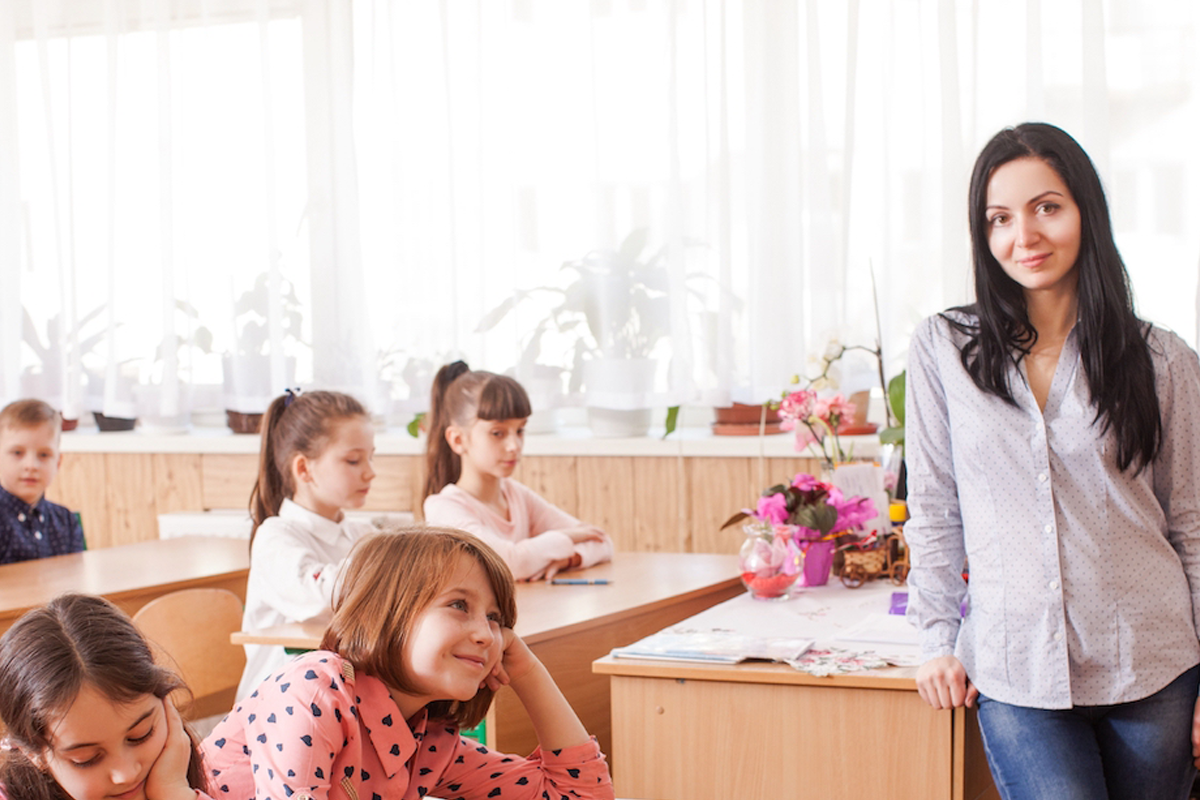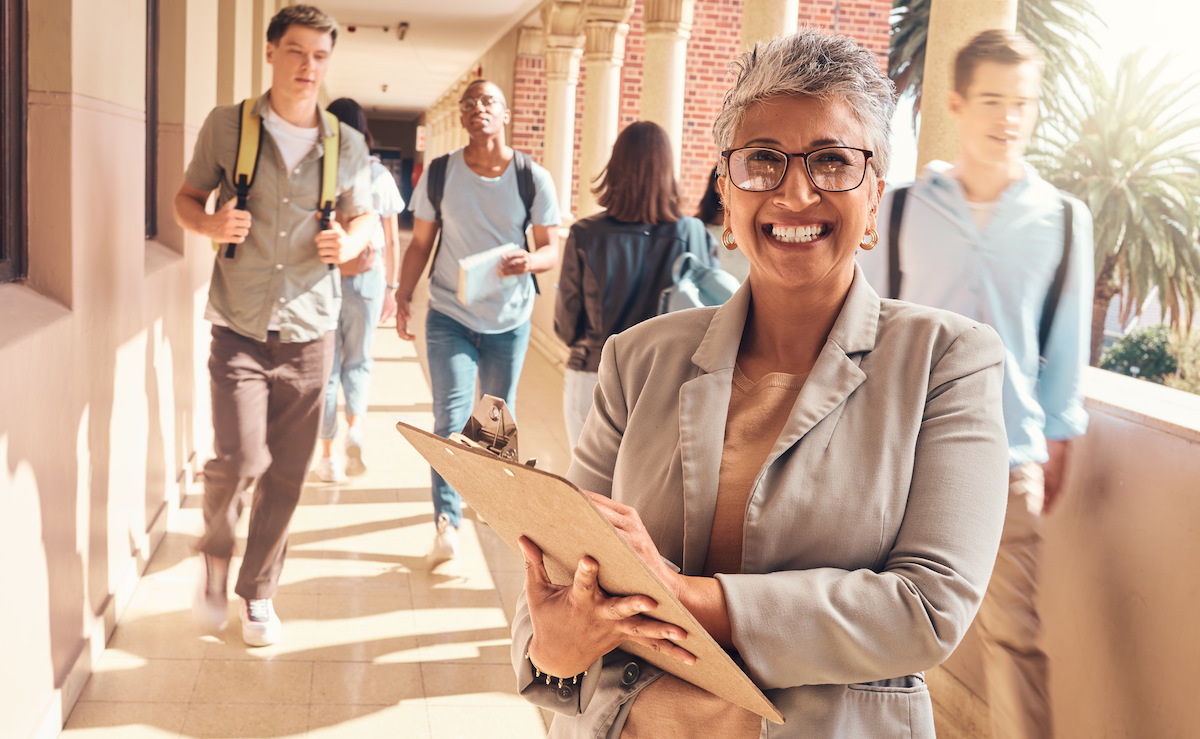As a former teacher, I appreciate the hard work teachers put in to keep schools and communities safe each day. I think back to college and how one of my first requirements for certification was attending a School Violence and Prevention workshop. Safety was always at the top of the list when training to become a teacher and throughout my 13-year career. The multitude of fire, shelter-in, and soft and hard lockdown drills throughout the years prepared me for any type of emergency.
Working at CrisisGo, I can see the bigger picture of the connections it takes to keep a school safe—the administration, the SROs, the first responders, the guidance counselors, the social workers, and more. But still, the closest connection to the students is the teachers who are guiding them each day. When teachers protect student mental health, it makes the community safer in the long run.
Let’s explore how the roles teachers play in the classroom can improve your safety in your school:
Trained Professionals
One thing about teachers is that they are also excellent students. Teachers usually have weekly or monthly professional development training. They stay up-to-date with the latest trends in education by attending workshops and reading literature. These studies involve more than subject areas such as math, science, or language arts. Teachers also learn about behavior management, school safety skills, implicit bias, and more.
Role Models
Mentors
Students look to their teachers for advice. The wisdom and mentorship that teachers provide can be life-changing. When creating a threat assessment team, for example, make sure your teachers are represented. They often see and hear much more from the students than any other school personnel since they are in the same room with the students all day. If a student is being bullied, they may decide to tell a teacher even before their own parent. Encourage teachers to keep motivating their students and checking in on them regularly.
Family Communicators
Just as students look to teachers for guidance and advice, their families do as well. Teachers of a small to medium amount of students are easier to reach than the administrators who may be in charge of hundreds or thousands of students. It’s a good idea to provide teachers with materials about your safety plan that they can distribute to families. Teachers can also give parents a voice and include them in school safety planning by holding regular meetings. By hearing parent concerns, teachers can report back to administrators about the needs of the school community. Conversations about topics such as reunification should always be discussed with families.
I may be outside the classroom, looking in, but I can see clearly now more than ever how teachers are keeping our schools safe due to their roles as trained professionals, role models, mentors, and family communicators. CrisisGo appreciates how dedicated teachers are to reaching the highest levels of safety, and we honor those teachers who have made the ultimate sacrifice while protecting our youth.












No Comments Yet
Let us know what you think